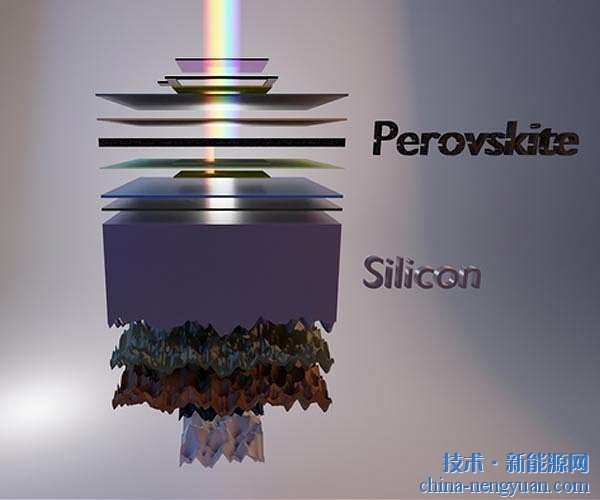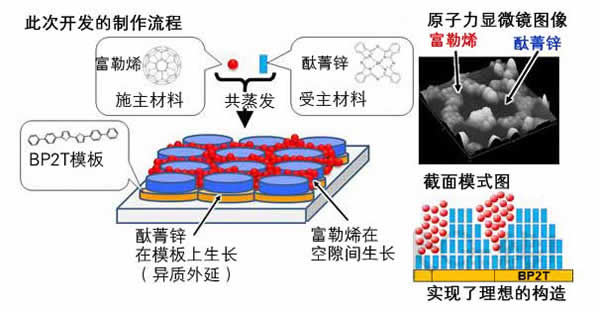 |
Figure 1: Power generation layer of organic thin-film solar cells. The left side is the original random structure, and the right side is the ideal structure realized this time.

Figure 2: The production process developed this time
On May 8, 2014, the Japan Industrial Technology Research Institute (JINTR) announced a major breakthrough in the field of organic thin-film solar cells. A research team led by researcher Shigehiko Kita successfully improved the photoelectric conversion efficiency of these cells from 1.85% to over 4.15%, more than doubling the previous performance. This advancement represents a significant step forward in the development of more efficient and cost-effective solar technologies.
Organic thin-film solar cells typically use a "Bulk Heterojunction" structure, where a positively charged donor material and a negatively charged acceptor material are combined. However, controlling the crystal structure in this way has been challenging, as the two materials tend to mix randomly, limiting efficiency.
The key to this breakthrough was the development of a new crystal growth technique that allows for precise separation and layering of the donor and acceptor materials. This method enables a more direct charge path to the electrode, significantly improving energy conversion. The research team used a simple co-evaporation method—where two materials are sublimated and evaporated simultaneously in a vacuum—to achieve what's known as “heteroepitaxy,†a process that creates an organic thin film with uniform crystal directions.
A material called BP2T (Biphenyl Bithiophene) acted as a “template layer†for this heteroepitaxy. On top of this highly self-organizing layer, the donor material Zinc Phthalocyanine (ZnPc) and the acceptor material fullerene (C60) were co-evaporated. This approach resulted in a highly crystalline structure, greatly enhancing the regularity of both the donor and acceptor layers, as shown in Figure 2.
This achievement marks a major improvement in the control of bulk heterojunction structures, which were previously difficult to manage using conventional methods. With this new technique, the path is now clearer for developing high-efficiency organic thin-film solar cells, potentially leading to wider commercial applications and greater sustainability in renewable energy solutions.
(Reporter: Ching Lung, Nikkei BP Institute of Clean Technology)Base Jack Or Screw Jack,Scaffolding Base Jack,Swivel Base Screw Jack,Galvanised Ringlock Scaffolding
Chuzhou Jincheng Metalwork Co.,Ltd , https://www.jinchengscaffold.com